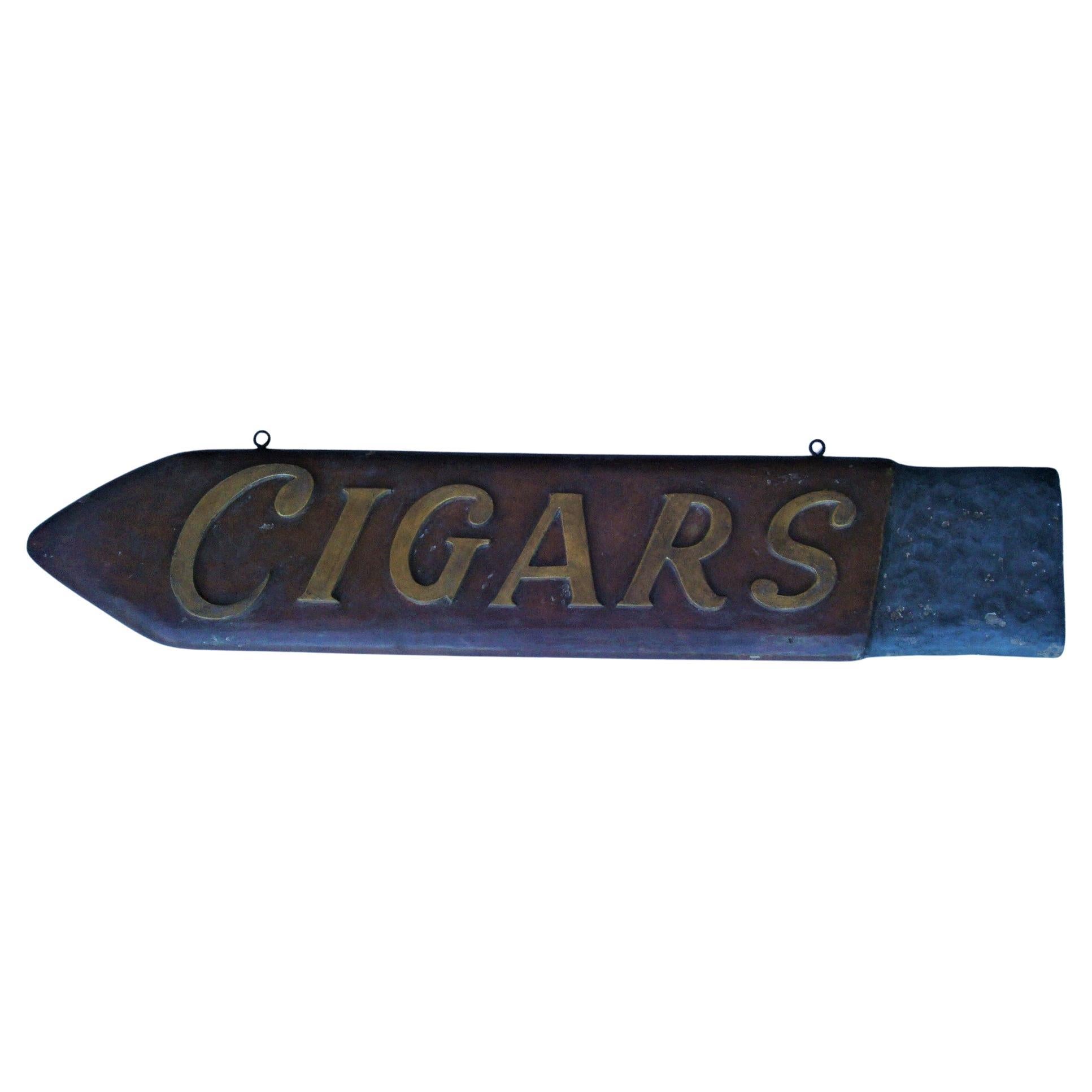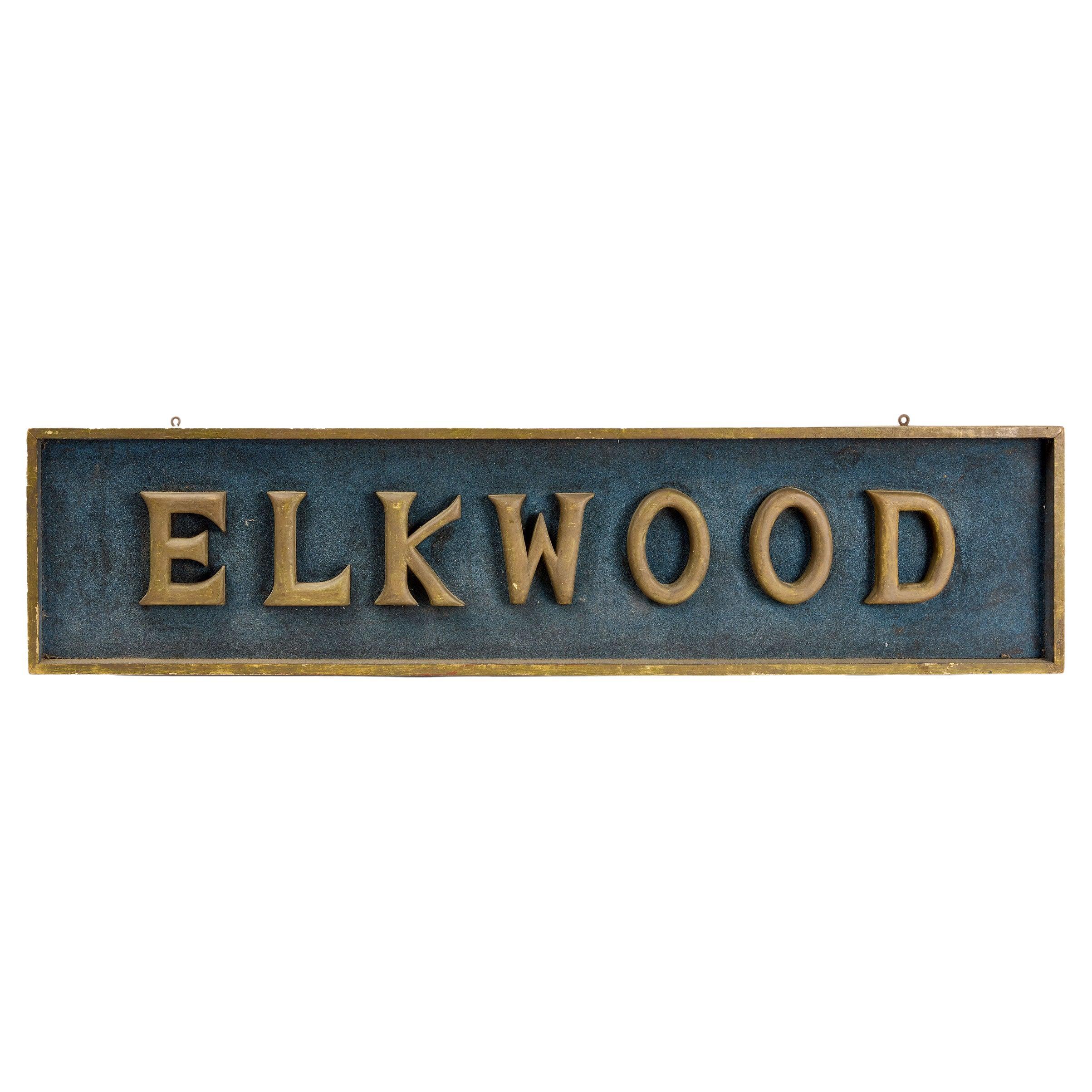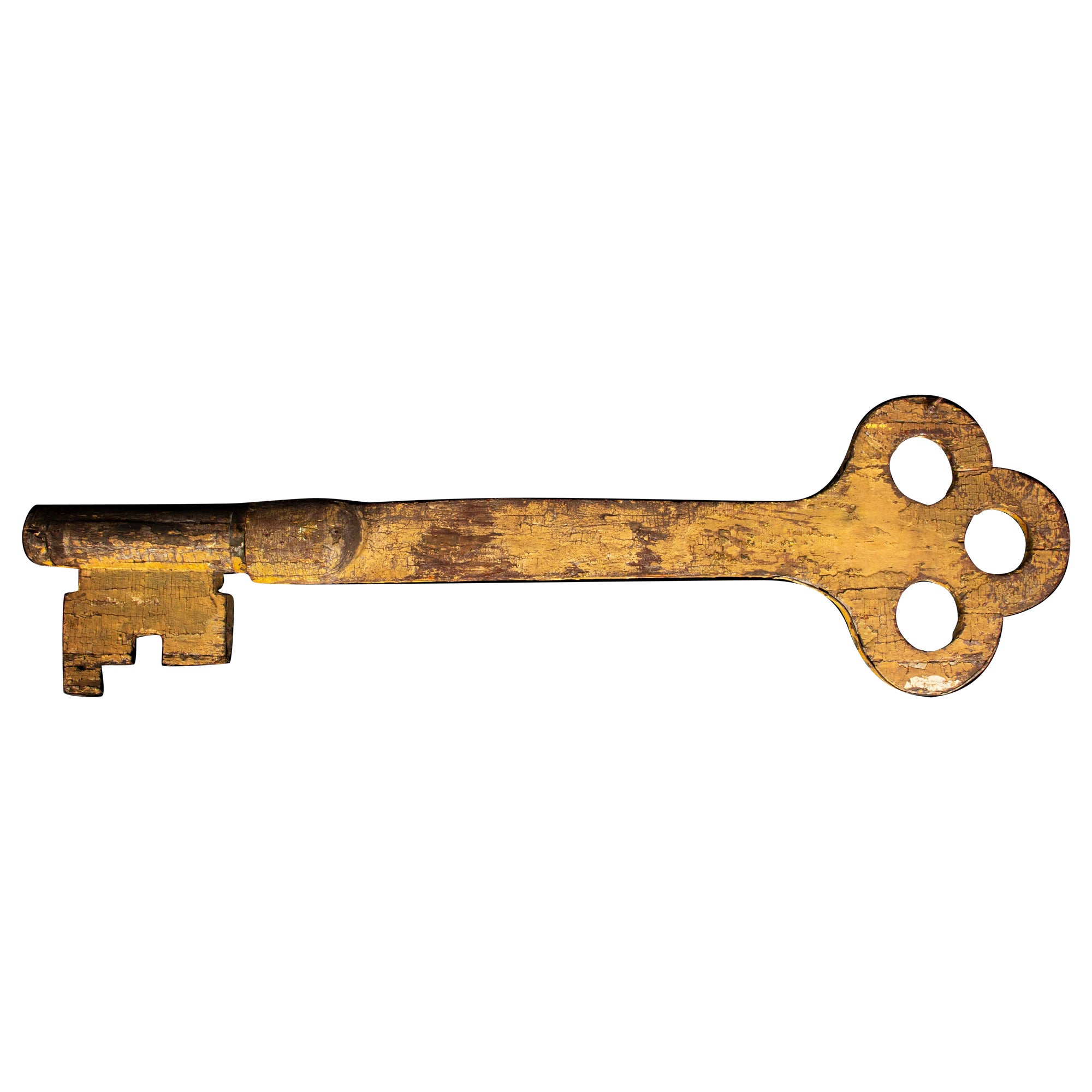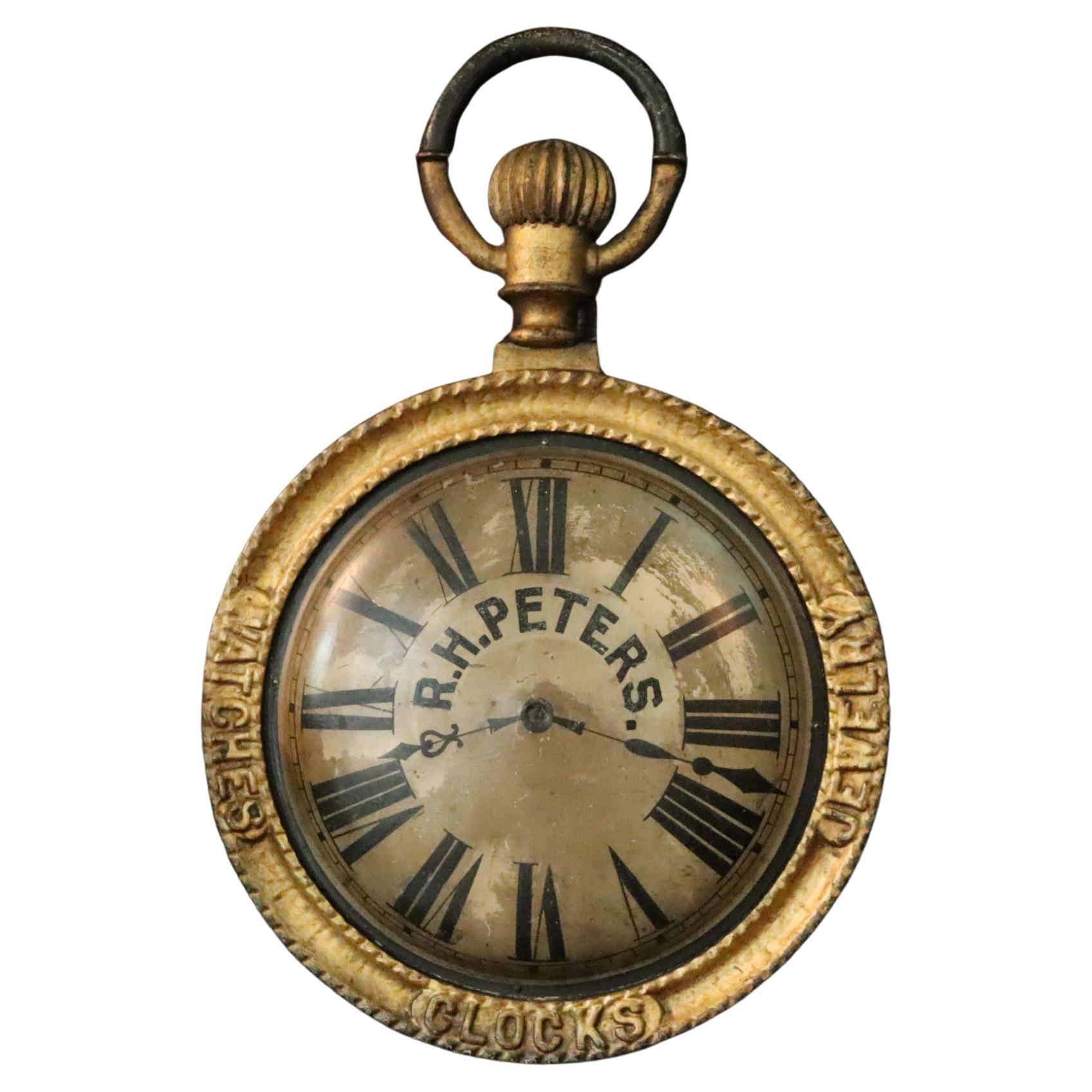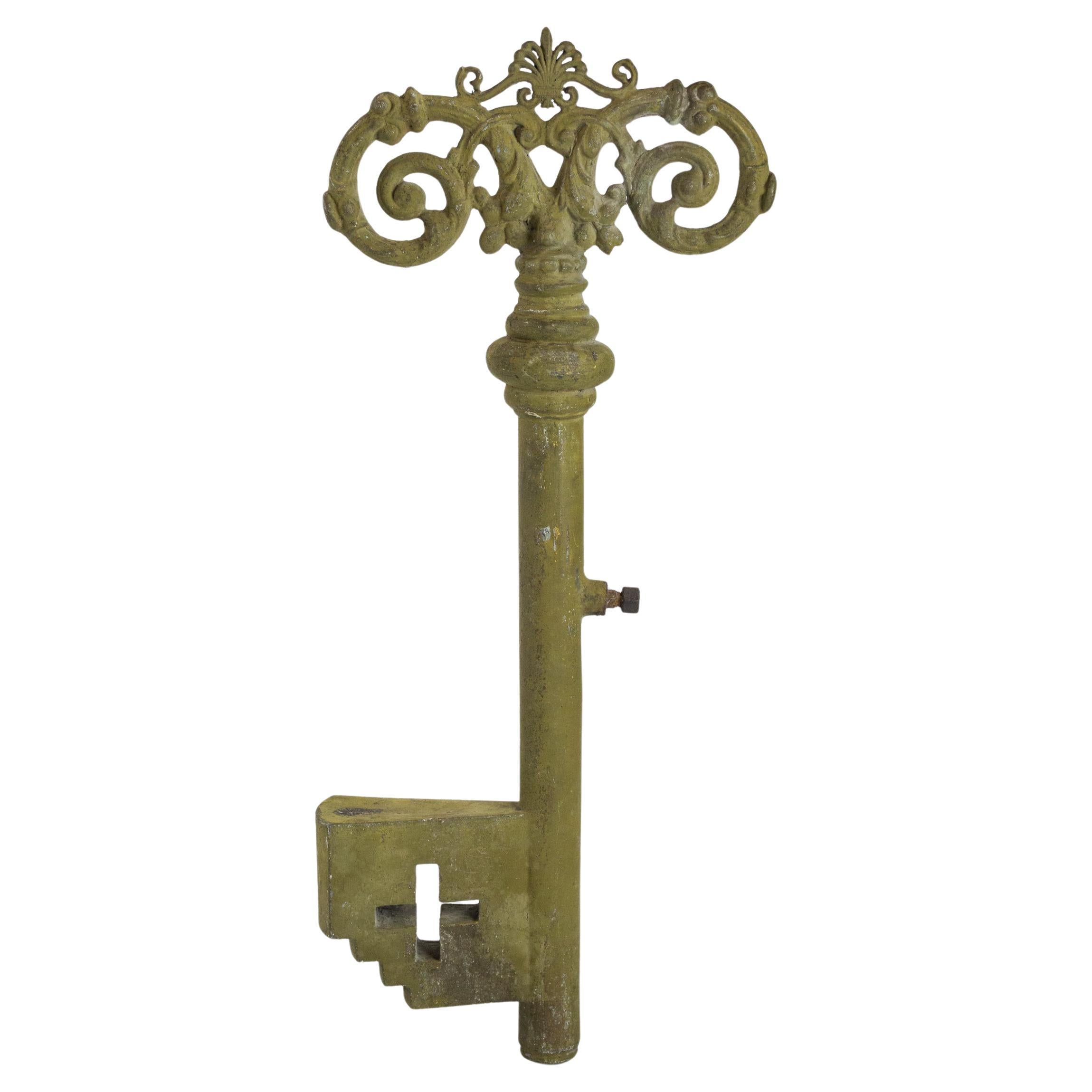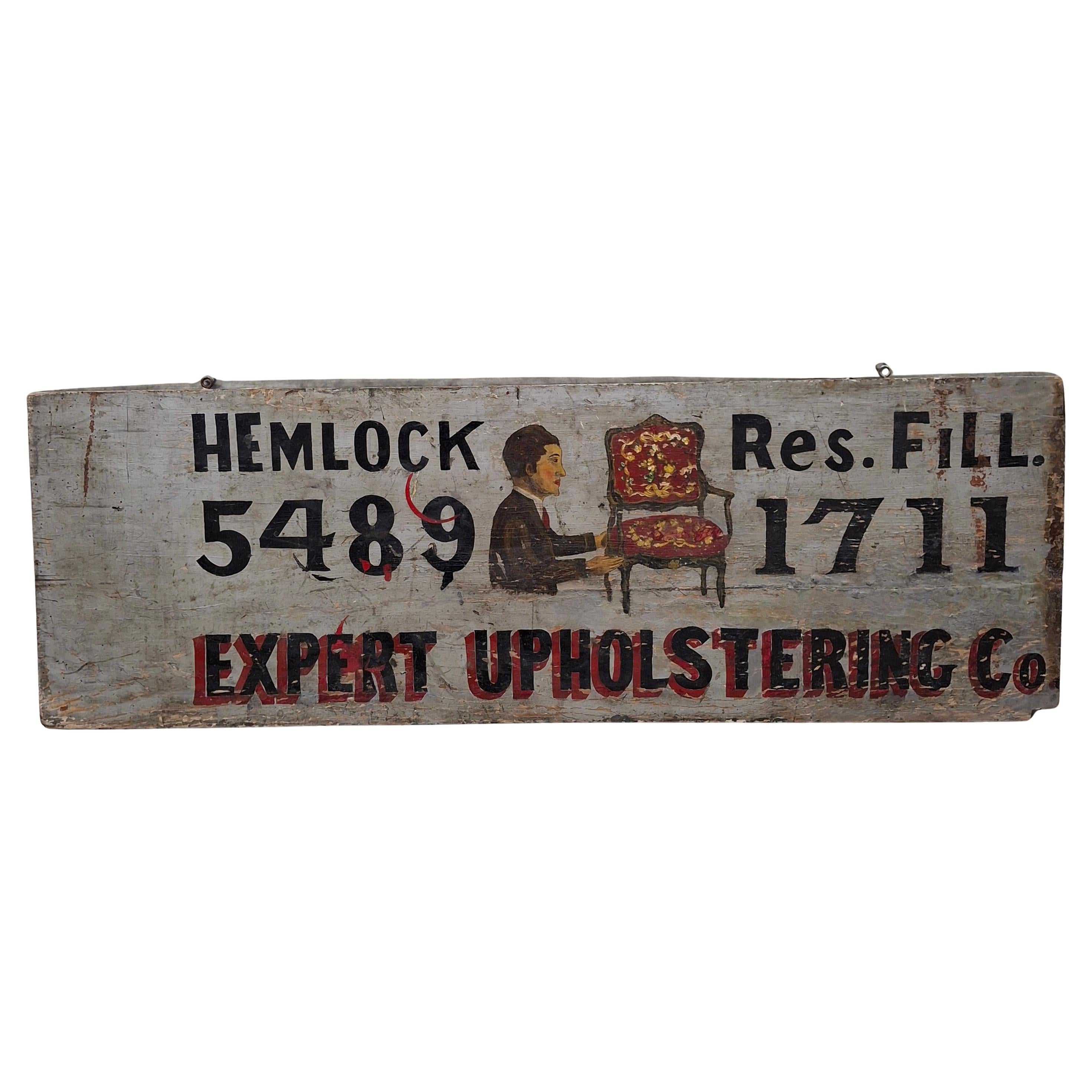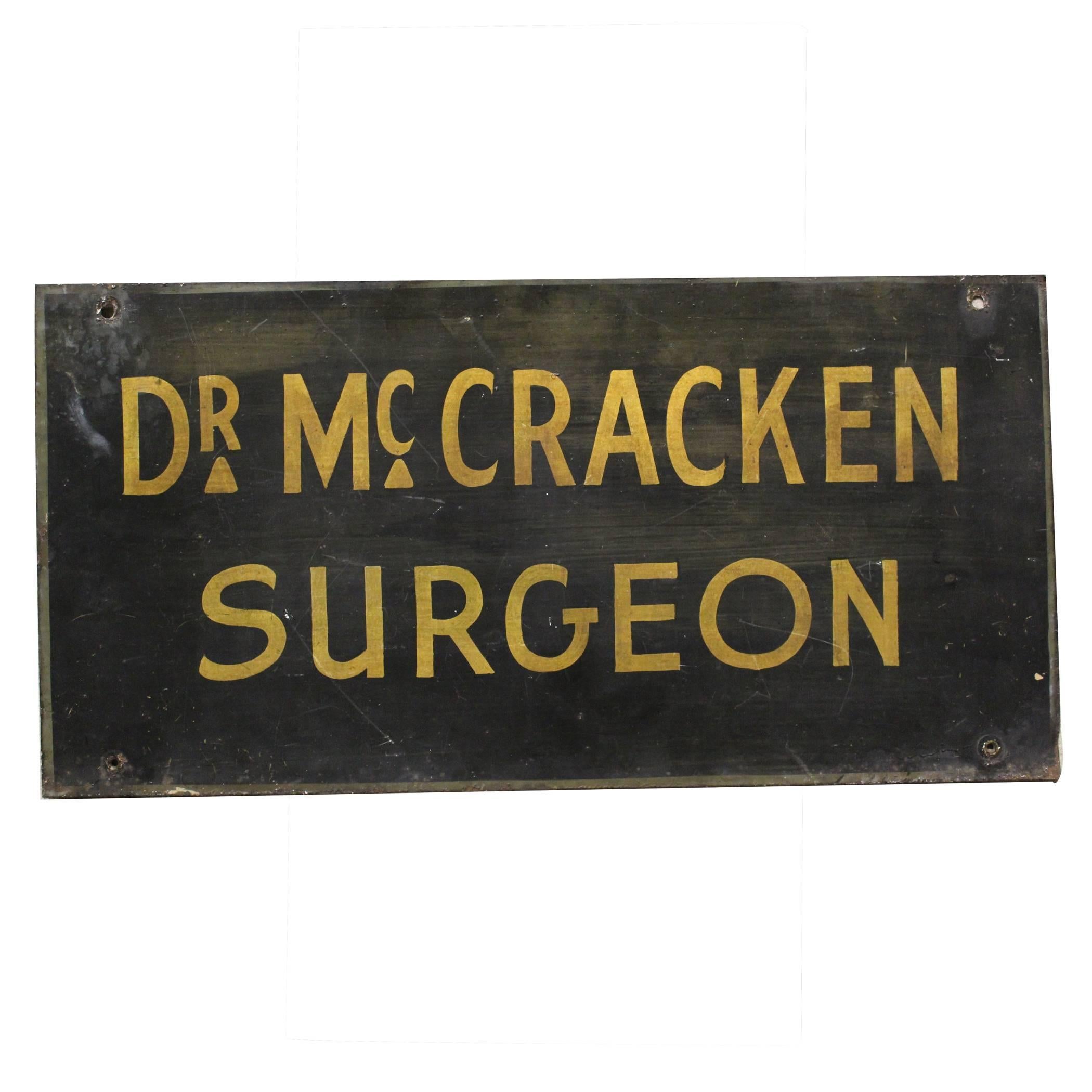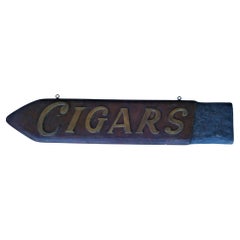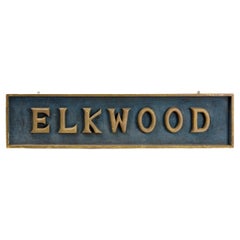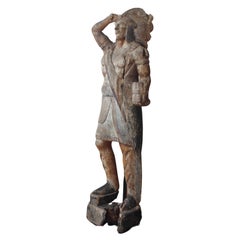
Late 19th Century Cigar Store Carved Wooden Indian Tobacconist Trade Sign
View Similar Items
Want more images or videos?
Request additional images or videos from the seller
1 of 20
Late 19th Century Cigar Store Carved Wooden Indian Tobacconist Trade Sign
Price:$6,813.41
$8,385.24List Price
About the Item
- Dimensions:Height: 79.53 in (202 cm)Width: 22.05 in (56 cm)Depth: 14.57 in (37 cm)
- Materials and Techniques:
- Place of Origin:
- Period:
- Date of Manufacture:1880/1900
- Condition:Additions or alterations made to the original: steel stand. Wear consistent with age and use. Minor losses. Minor structural damages. Minor fading.
- Seller Location:Lowestoft, GB
- Reference Number:1stDibs: LU4612136700582
About the Seller
5.0
Gold Seller
Premium sellers maintaining a 4.3+ rating and 24-hour response times
Established in 2013
1stDibs seller since 2019
197 sales on 1stDibs
Typical response time: 1 hour
Authenticity Guarantee
In the unlikely event there’s an issue with an item’s authenticity, contact us within 1 year for a full refund. DetailsMoney-Back Guarantee
If your item is not as described, is damaged in transit, or does not arrive, contact us within 7 days for a full refund. Details24-Hour Cancellation
You have a 24-hour grace period in which to reconsider your purchase, with no questions asked.Vetted Professional Sellers
Our world-class sellers must adhere to strict standards for service and quality, maintaining the integrity of our listings.Price-Match Guarantee
If you find that a seller listed the same item for a lower price elsewhere, we’ll match it.Trusted Global Delivery
Our best-in-class carrier network provides specialized shipping options worldwide, including custom delivery.More From This Seller
View AllLate 17th/Early 18th Century Polychrome Tobacconist Figure Sign Folk Art Carving
Located in Lowestoft, GB
A large carved and polychrome painted tobacconist's figure almost certainly 17th or early 18th century
For a related example see Edward H. Pinto, Treen and other Wooden Bygones, Bell and Hyman, London 1969. Page 412, plate 436.
Originally this may well have been a tobacconist's shop window figure. For a similar, but slightly earlier unpainted example, see Sotheby's, The W. J. Shepherd collection of treen, 30th November 1983, Lot 393, illustrated in Pinto "Wooden Bygones of Smoking and Snuff Taking", plate 1.
Carved wooden figures, often painted, were placed outside tobacconist's shops as signs from the 17th century onwards. The earliest of these figures is the 'black boy' or 'blackamoor'. 'At the sign of the black boy' or 'at the sign of the blackamoor' was a popular address for tobacconists since the early 17th century. The 17th century figures...
Category
Antique 17th Century English Sculptures and Carvings
Materials
Pine
19th Century Large Apothecary Chemist Carboy Pharmacy Shop Trade Sign
Located in Lowestoft, GB
A 19th century hand blown glass chemist window display carboy. Used as a symbol of the pharmacy from the 17th century to the early 20th century.
A rare example with a hollow cut ...
Category
Antique Mid-19th Century English Signs
Materials
Blown Glass
19th Century Regency Hand Blown Chemist Pharmacy Apothecary Display Carboy Sign
Located in Lowestoft, GB
A very early 19th century chemist display carboy, circa 1820 possibly earlier
The bulbous center sits on a stepped base with a swan like neck and a fine cut glass oversized stopp...
Category
Antique Early 19th Century English Regency Signs
Materials
Blown Glass, Cut Glass
$1,258 Sale Price
25% Off
Impressive Huge 19th Century Pawnbroker Folk Art Sign with Three Spheres Symbol
Located in Lowestoft, GB
An impressive rare and monumental in scale folk art pawnbroker trade sign with its original trio of giltwood spheres which represent the universal symbol for the pawnbroker trade.
...
Category
Antique Mid-19th Century English Victorian Signs
Materials
Wrought Iron
Antique Early 20th C Hanging Trade Shop Sign "Antiques" Star of David Solomon
Located in Lowestoft, GB
Hanging double sided trade sign, sheet metal with a black ground and gilt lettering. Two pretty cast iron riveted hanging brackets.
A small Star of Solomon is located in the corner ...
Category
Early 20th Century English Signs
Materials
Metal
Early 20th C Collection Italian Deli Butchers Meats Shop Trade Display Folk Art
Located in Lowestoft, GB
A fun collection of Italian butchers display meats that would off adored a traditional delicatessen.
Within the collection there is a pair of late 19th/early 20th century plaster an...
Category
Early 20th Century Italian Signs
Materials
Plastic, Rubber, Plaster
You May Also Like
19th Century Tobacconist’s Trade Sign
Located in Greenwich, CT
English carved and polychrome decorated wood tobacconist’s trade sign in the form of a “Turk” wearing a distinctive headdress and dressed in a long robe, this advertising figure rela...
Category
Antique 19th Century British Folk Art Sculptures
Materials
Wood
Cigars Store / Trade Folk Art Wooden Carved Sign. c 1900
Located in Buenos Aires, Olivos
American Folk art wooden "CIGARS" sign from the 1920's.
Great old Store Trade sign. Wood cut to cigar shape. Lettered in Gold Paint.
In good conditions, it was a in doors sign. Perfect for any cigar smoker.
Cigars History:
A cigar is basically dried tobacco leaves that are rolled and wrapped by other tobacco leaves in order to give you a full tobacco smoking experience.
Cigars are becoming more popular all around the world recently because they are exposed to a pop culture where a lot of famous people like Michael Jordan and Arnold Schwarzenegger smoke them.
In order to understand why cigars have become very well-known, we need to take a good look at their history and where they came from. That way, we can truly understand this pop phenomenon. Here is a brief history of cigars.
Origin of Cigars
The exact origin of cigars is not entirely known but historians believe that cigars were first invented by the ancient Mayans.
The ancient Mayans would collect tobacco leaves and wrap them up in a plantain leave in order to smoke it. An ancient Mayan pot...
Category
Early 20th Century American Folk Art Signs
Materials
Wood
Elkwood, Late 19th Century American Trade Sign
Located in Nantucket, MA
With carved gilt wood letters with mounted against a blue painted sand ground
American, c. 1890.
Category
Antique Late 19th Century American Folk Art Signs
Materials
Wood
19th Century Cobbler Trade Sign
Located in Nantucket, MA
A carved cobbler's boot-form trade sign, in old gold paint.
Carved in two pieces of pine, capped with lead,
circa 1870
Very good condition, measures: 14" x 9 ½”.
Category
Antique Late 19th Century American Folk Art Signs
Materials
Lead
19th Century, Apothecary Trade Sign
Located in Nantucket, MA
Figural trade sign in the form of a mortar and pestle, both the mortar and pestle are hand turned and gilded, with strong ring turnings. The top is capped with zinc and still bears i...
Category
Antique Late 19th Century North American Folk Art Signs
Materials
Zinc
19th Century Gold Giltwood Carved Letters William Trade Sign
Located in Santa Monica, CA
Classic 19th century American wood trade sign with chunky hand carved and gold painted letters. Ready to display.
Category
Antique Late 19th Century American Folk Art Signs
Materials
Wood
Recently Viewed
View AllMore Ways To Browse
Antique Cigar Indian
Cigar Store Indians
Wooden Cigar Indian
Cigar Store Wooden Indian
Black Coffee Bench
Brass Tree Wall
Brazilian Cane Chair
Chrome Counter Stools
Chrome Tube Chair
Crown Silver Company
Curved Bed Frame
Dining Table And 12 Chairs
Flat Pack Furniture
Fontana Arte Murano
French Milk Glass
French Walnut Nightstand
Glass Tray With Brass Handles
Gold Chargers

